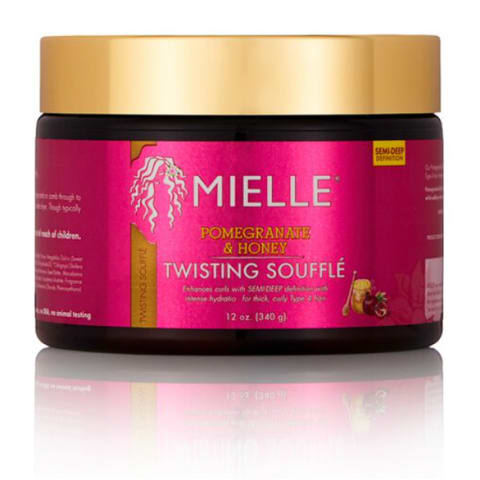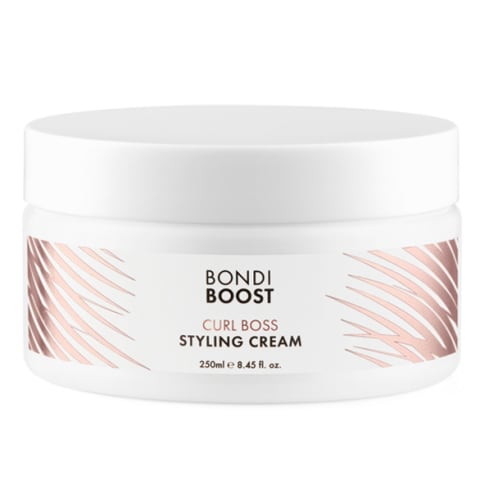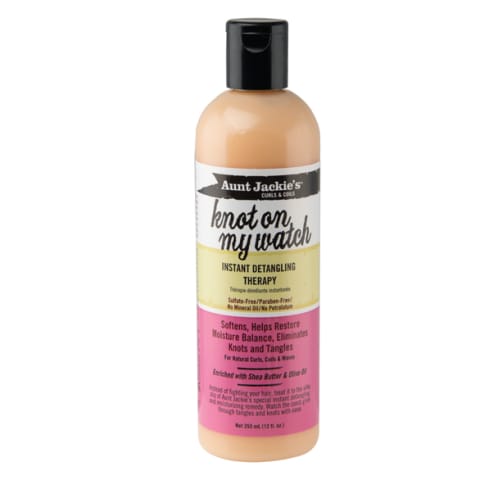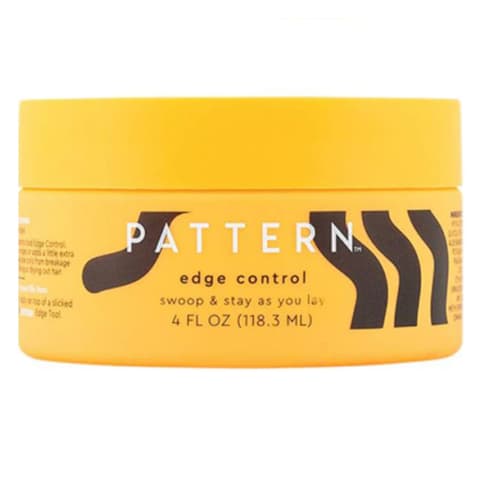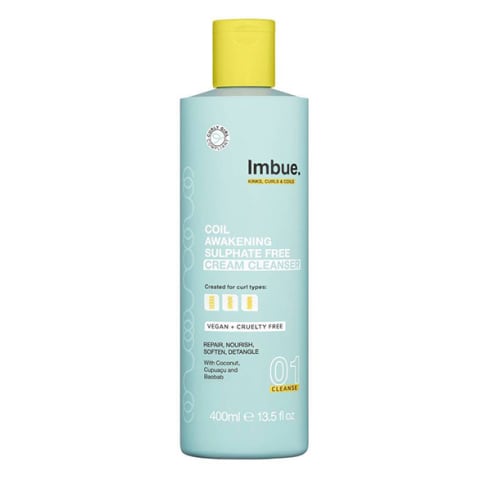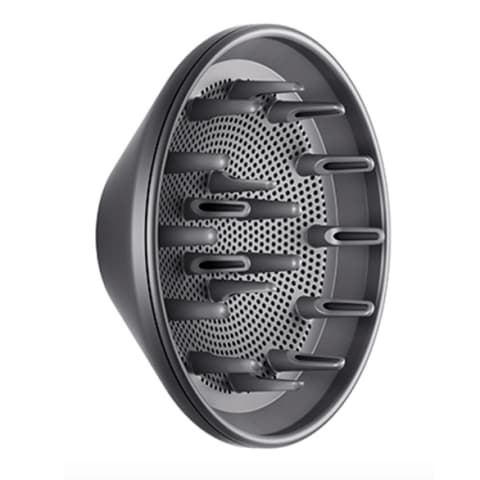And this means that in some cases, people are completely relearning how to work with and care for their hair. So if this sounds like your situation, or you’ve recently begun caring for someone with 4B hair, keep reading for best practices and even a few product tips to help get you started on your natural hair journey. 4B is one of many hair types created by celebrity hairstylist Andre Walker. While most people think of hair as either straight, wavy, or curly, there’s a fourth type: coily. Walker’s system outlines four hair types from one to four and includes subtypes for two through four. Type one is straight hair and lacks any subtypes. Type two refers to curly hair and is further broken down into 2A, 2B, and 2C. Type three is for curly hair with a corkscrew texture and also has three subtypes, including type 3C, which is the closest to our next type. And type four is for coily hair (also referred to as kinky-curly) with three subcategories. However, the original Andre Walker system only included 4A and 4B. But as the natural movement grew, 4C was added, and depending on who you talk to, there’s even a 4D subtype. If you’re not even sure where to start on your hair type, here’s a quick hair type quiz to help. Keep in mind that depending on how someone manipulates their hair, it’s not always easy to immediately identify whether or not someone has a 4B texture. For example, if someone relies on wash-’n’-go’s and shingling to style their hair, the result is truly their natural hair pattern. But if someone relies on other style tactics like twist-outs, braid outs, or straightens their hair and then sets it on bantus, you won’t be able to accurately determine their hair type. Additionally, it’s very common to have more than one hair type once you get beyond type one. Many people with 4B hair may also have patches of 4C or 4A textures throughout their heads. And the same can be said for some techniques. For example, while shingling is a great way to define your natural curl pattern if that’s your end goal, it can also be incredibly time-consuming and requires a significant amount of product. So, if you’re just breaking into the natural hair community, it’s best to walk in with an open mind. Just because your favorite influencer relies on a 20-step wash-day routine doesn’t mean you have to. Be ready to relearn how to work with your hair. And understand that along with your hair’s texture, issues like porosity, the thickness of your strands, and even body chemistry can all go a long way toward whether or not a product will work as a part of your styling routine. In general, curly and coily hair types will usually fight to maintain adequate moisture. But having low or high porosity will make that battle more frustrating. There are three types of porosity levels: high, medium, and low. People with high porosity have hair shafts where the cuticles are completely open—allowing moisture to slip out. Medium porosity is often referred to as normal hair. This type of hair shaft has regularly aligned cuticles which supports proper moisture retention. And low porosity hair also struggles to maintain moisture because the cuticles are tightly aligned on the hair shaft. Thankfully, a quick test with a strand of hair and a glass of water can help you determine your porosity level. And especially if your goal is curl definition, keep in mind that dry hair has a harder time clumping to form defined curls. When in doubt, get back to basics with simple solutions like routinely spritzing your hair throughout the day with a curl refresher. You can buy premade refreshers, or make one yourself with a mix of water, natural oils, and aloe vera. For incredibly parched hair, consider more intensive overnight treatments like the greenhouse effect (GHE) or baggying. While the two methods are similar and result in moisturized hair, they’re technically a little different. Gwen Jimmere, founder and CEO of Naturalicious, recommends that natural heads focus on a diet rich in dark green vegetables: “These veggies are full of iron, vitamins, and folic acid that…make your hair more resistant to split ends.” Also, remember that proper scalp health means regularly washing your hair and removing any dirt or product buildup. Wash schedules can vary, and again you’ll need to decide the frequency that works best. But Sultan reminds curlies to, “always, always use a good gentle cream cleanser so you can get rid of buildup but also nourish the hair in the cleansing stage without stripping it.” Jiquea Evan, also a stylist from GoodBody Salon in Oakland, reminds us why haircuts and trims matter: “You have to maintain your ends if you want to retain length. Always choose health over length.” Wearing a protective style isn’t an excuse to neglect the hair underneath. Be sure to regularly clean your scalp to prevent extreme dirt buildup. But more importantly, don’t risk losing hair in the name of “getting your money’s worth” from a style. This means that if you’re getting twists or braids, don’t let your stylist put them in too tight if you want to maintain healthy hair growth. And most importantly, don’t keep protective styles like twists, braids, weaves, or crochet styles installed for more than four to eight weeks. Pomegranate & Honey Twisting Souffle, Mielle ($13) Boost Curl Boss Styling Cream, Bondi ($27.99) Knot On My Watch Instant Detangling Therapy, Aunt Jackie ($11) Edge Control, Pattern ($12) Coil Awakening Sulphate Free Cream Cleanser, Imbue ($14.99) Supersonic Hair Dryer, Dyson ($399.99) When you get the urge for a length check, silk presses and blowouts are a great option. Just remember to use a very good heat protectant and not crank your heat tools up too high—you want your curl pattern to return on your next wash day. If you’re ready to switch up your look and cut down on styling time, consider a protective style. For true low maintenance, you can’t go wrong with braids, twists, or crochet styles. If you’re OK with a little prep before you head out the door, then wigs and weaves are a great option. But again, don’t allow your stylist (or you!) to install braids, twists, crochet styles, or weaves too tightly if you want to maintain healthy hair over time. And once you hit the four-week mark, start planning for when you’re going to take that style out.



